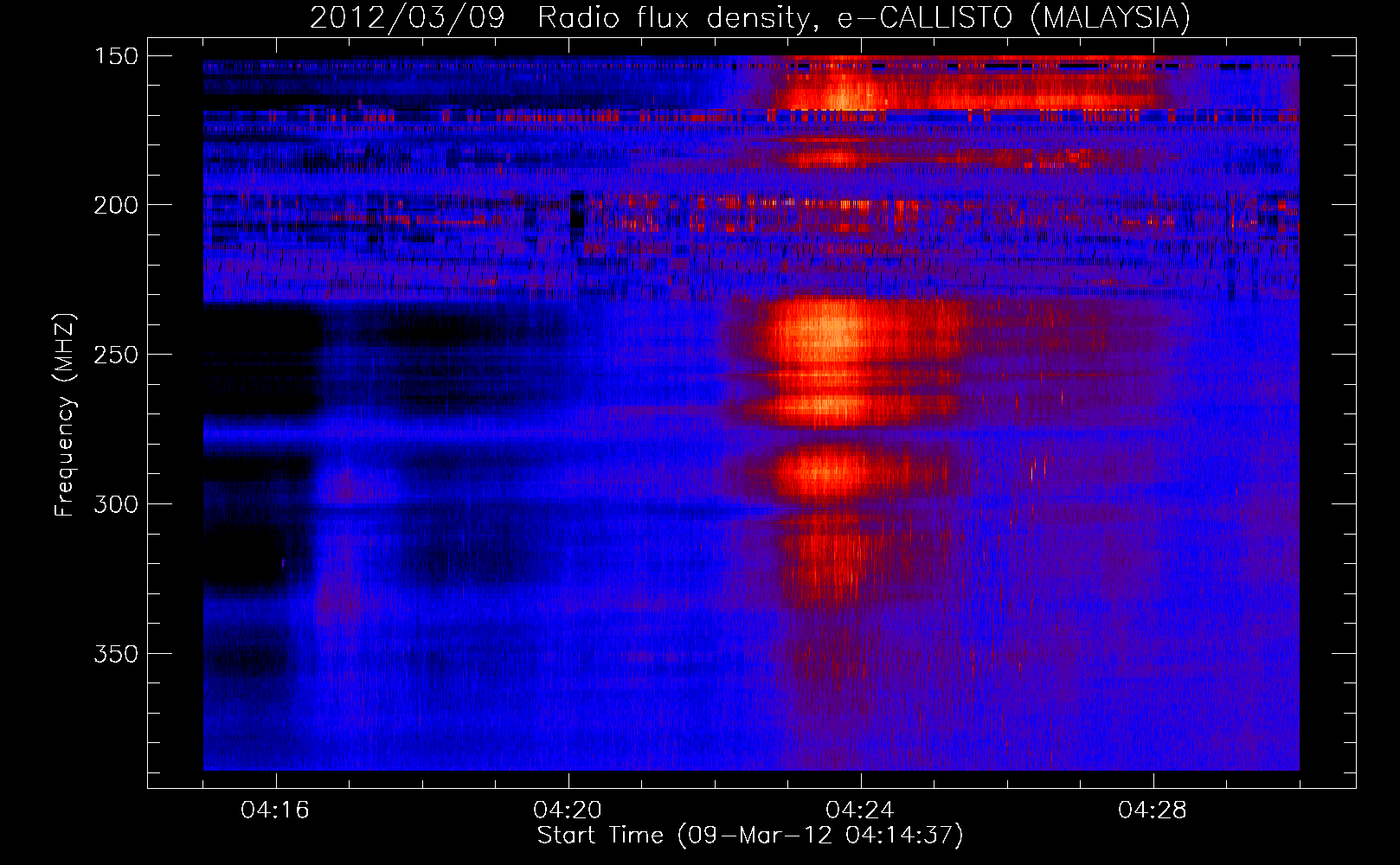Application of Log Periodic Dipole Antenna (LPDA) in Monitoring Solar Burst at Low Region Frequencies Region
CALLISTO, Astronomy Astrophysics
DOI:
https://doi.org/10.14331/ijfps.2012.330041Keywords:
Log Periodic Dipole Antenna (LPDA), CALLISTO, solar burst, solar activitiesAbstract
The Sun is considered as one of the strongest radio sources and observation in radio region can provide information on structures throughout the solar atmosphere. In radio wavelengths, we could possible to investigate high quality images within an arc second resolution at different layers of the solar atmosphere. Solar monitoring in this wavelength makes various demands on the used antennas. Therefore, Logarithmic Periodic dipole Antenna (LPDA) was constructed for monitoring Sun in the range of (45−870) MHz to precisely match the environmental requirements. Our work focuses on preparation and performance of the antenna. Observation results of the site will also be highlighted. From the analysis, we found that the signal to noise ratio is 3.9 dB. We also make an effort analyze a y-factor of a data by select a range of frequency from 220 MHz till 250 MHz due to this range consists burst. By constructing and understanding the principle of the log dipole periodic antenna and then connect it to the CALLISTO spectrometer as receiver, some solar activities observations such as solar flares and Coronal Mass Ejections (CMEs) can be done. In conclusion, the log-periodic dipole antenna (LPDA) is remains the simplest antenna with reliable bandwidth and gain estimates.
solar activities
Downloads

Downloads
Published
How to Cite
Issue
Section
License
Copyright (c) 2020 International Journal of Fundamental Physical Science

This work is licensed under a Creative Commons Attribution 4.0 International License.










